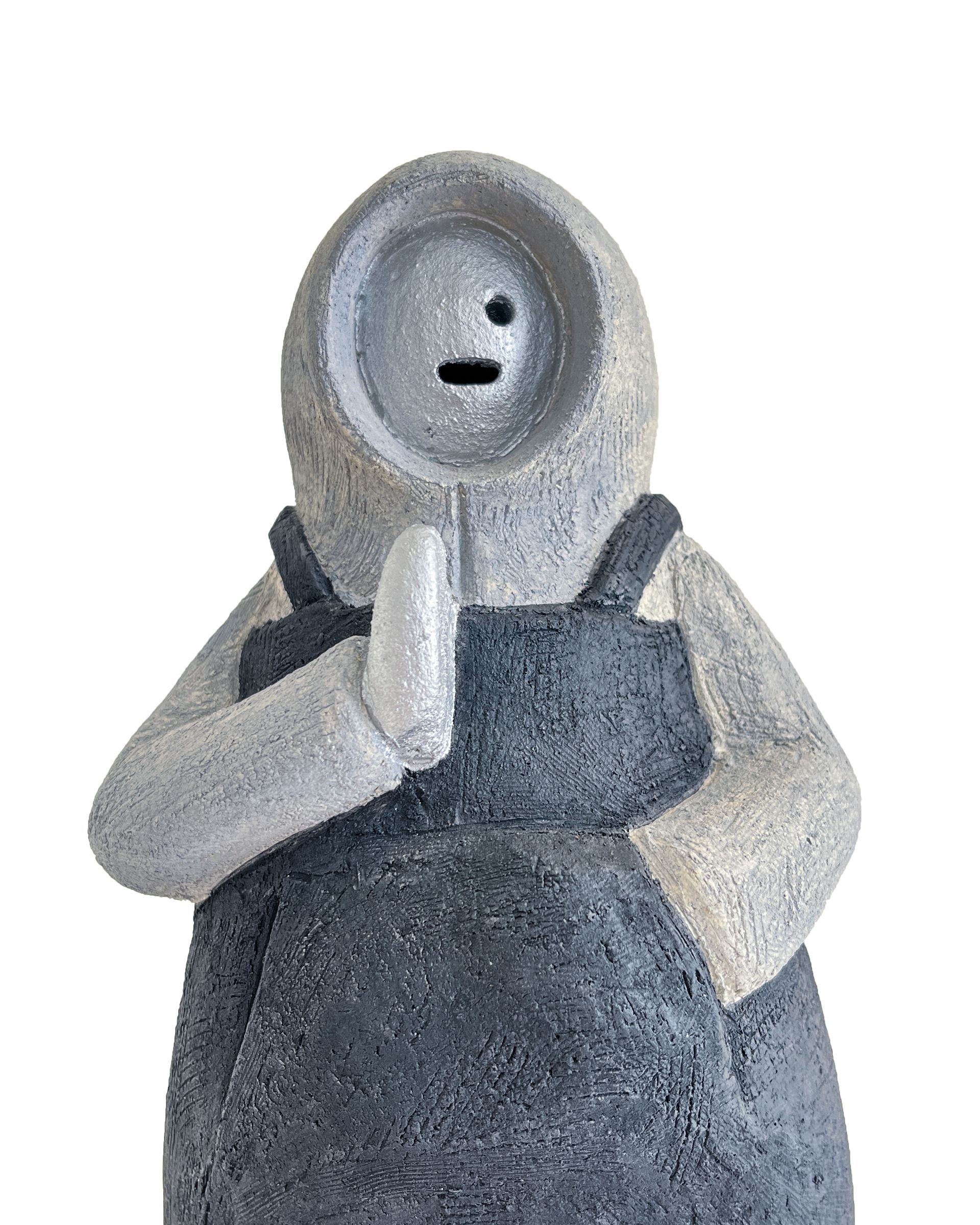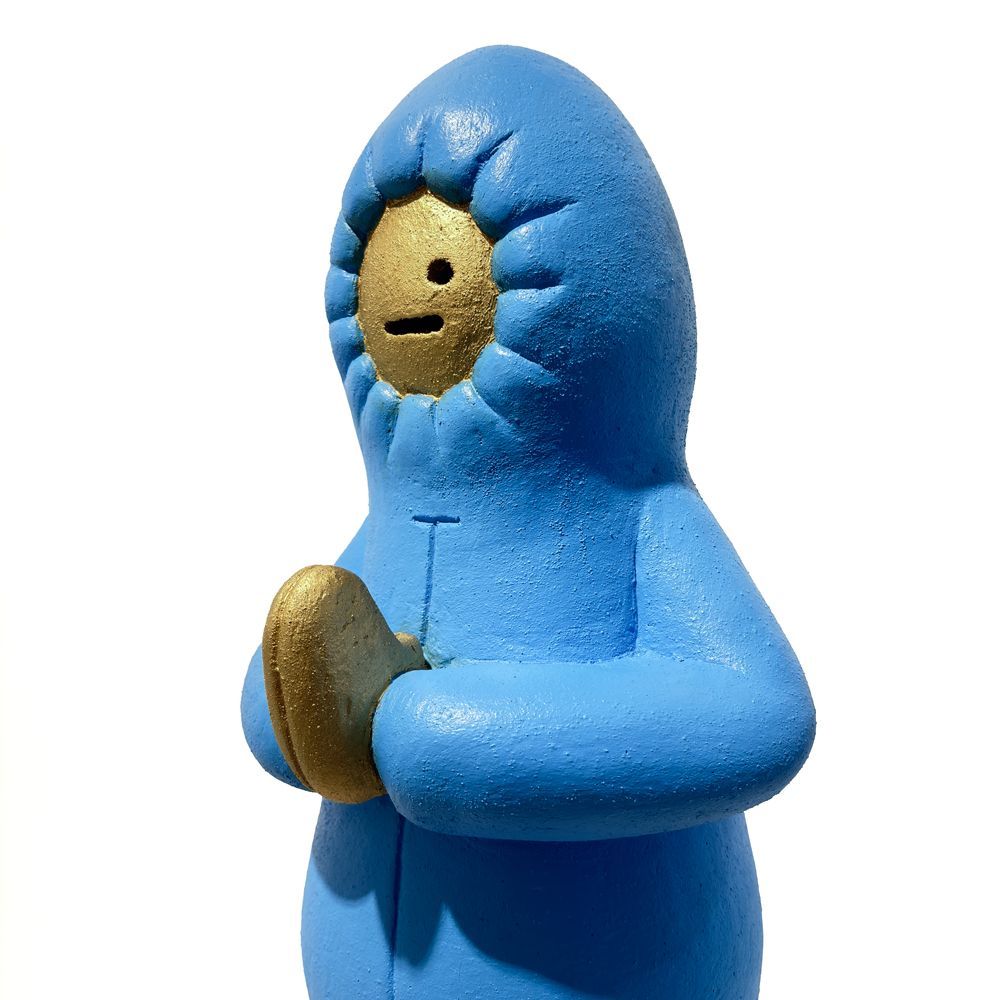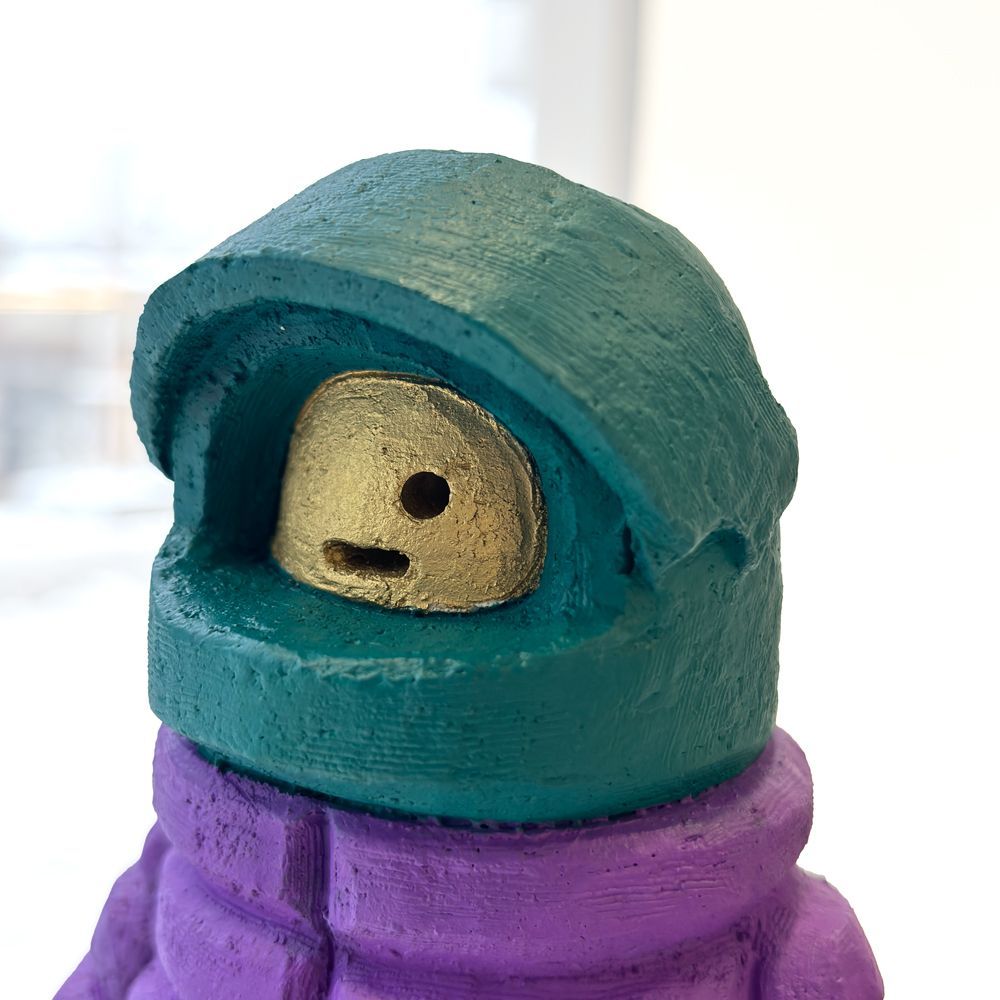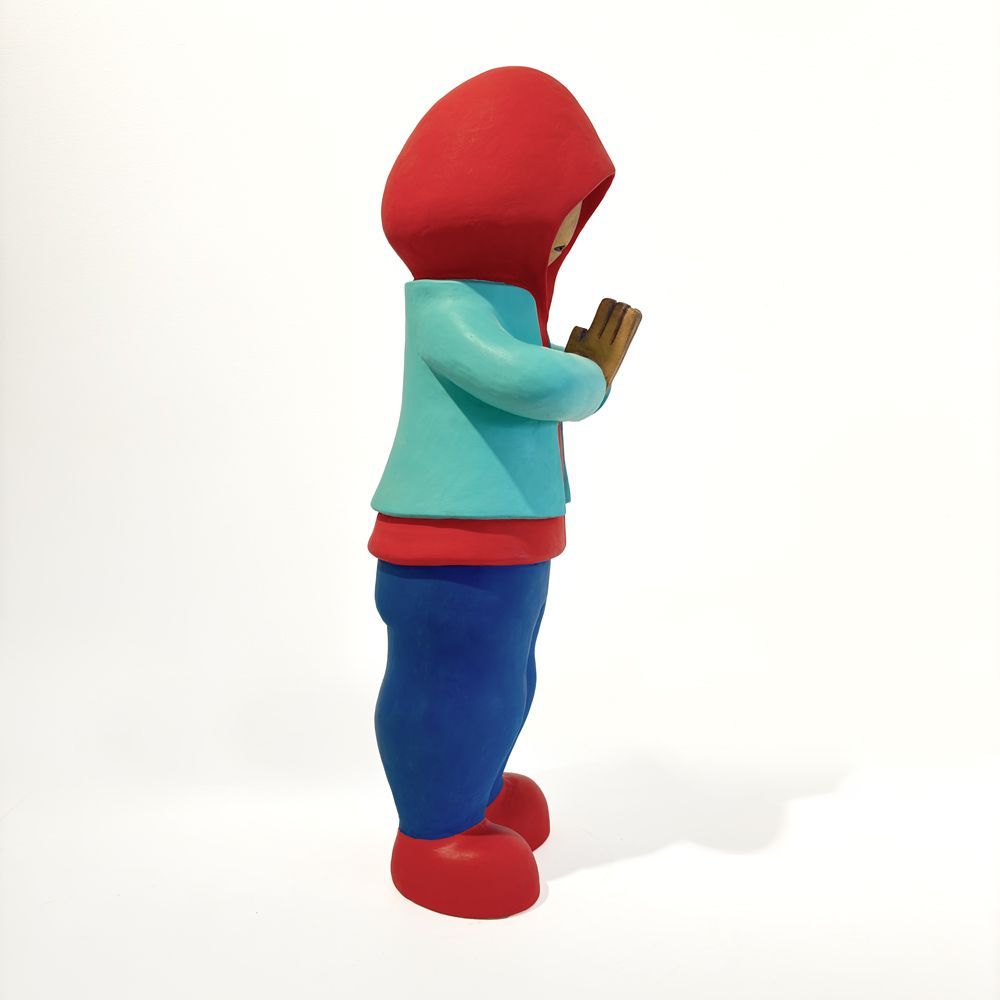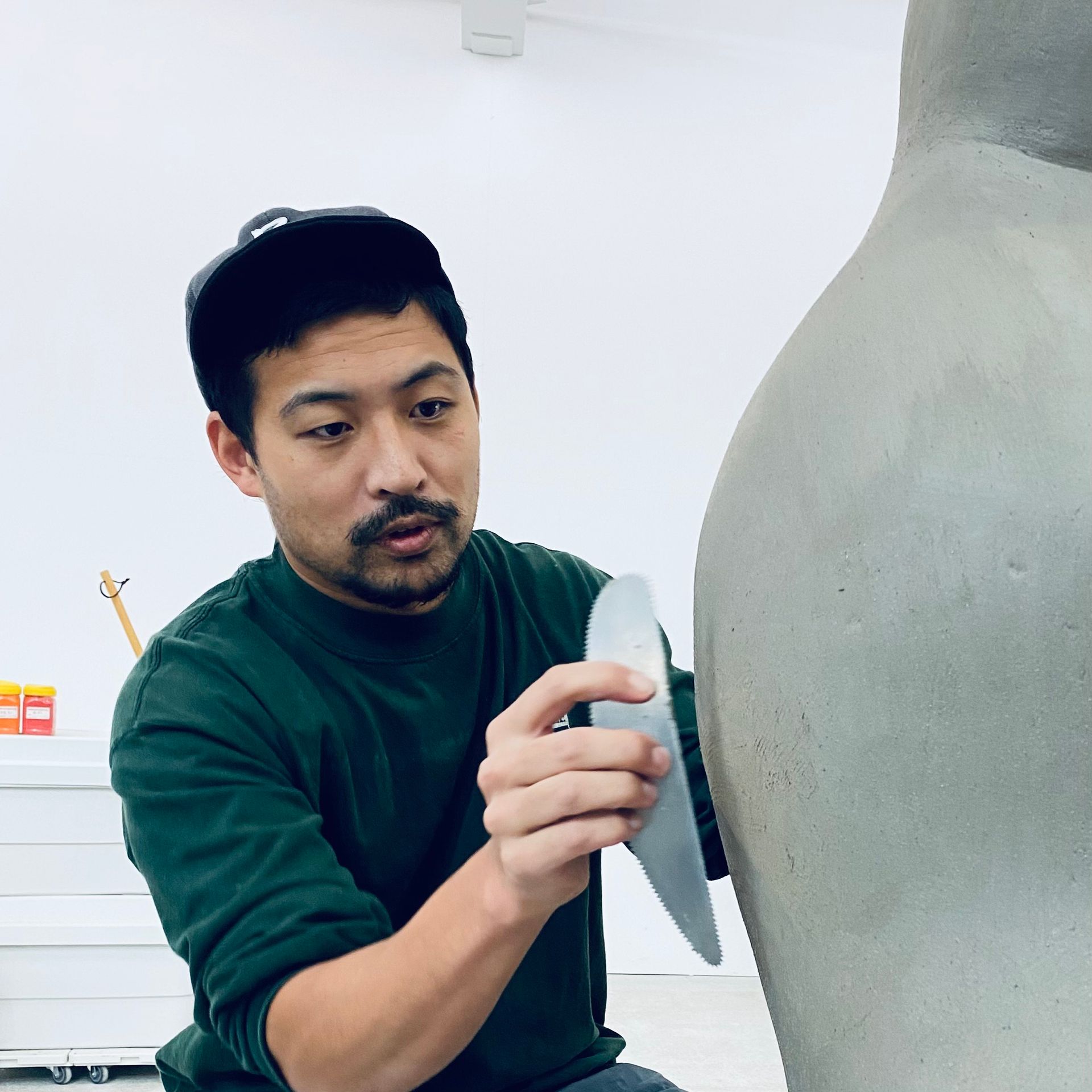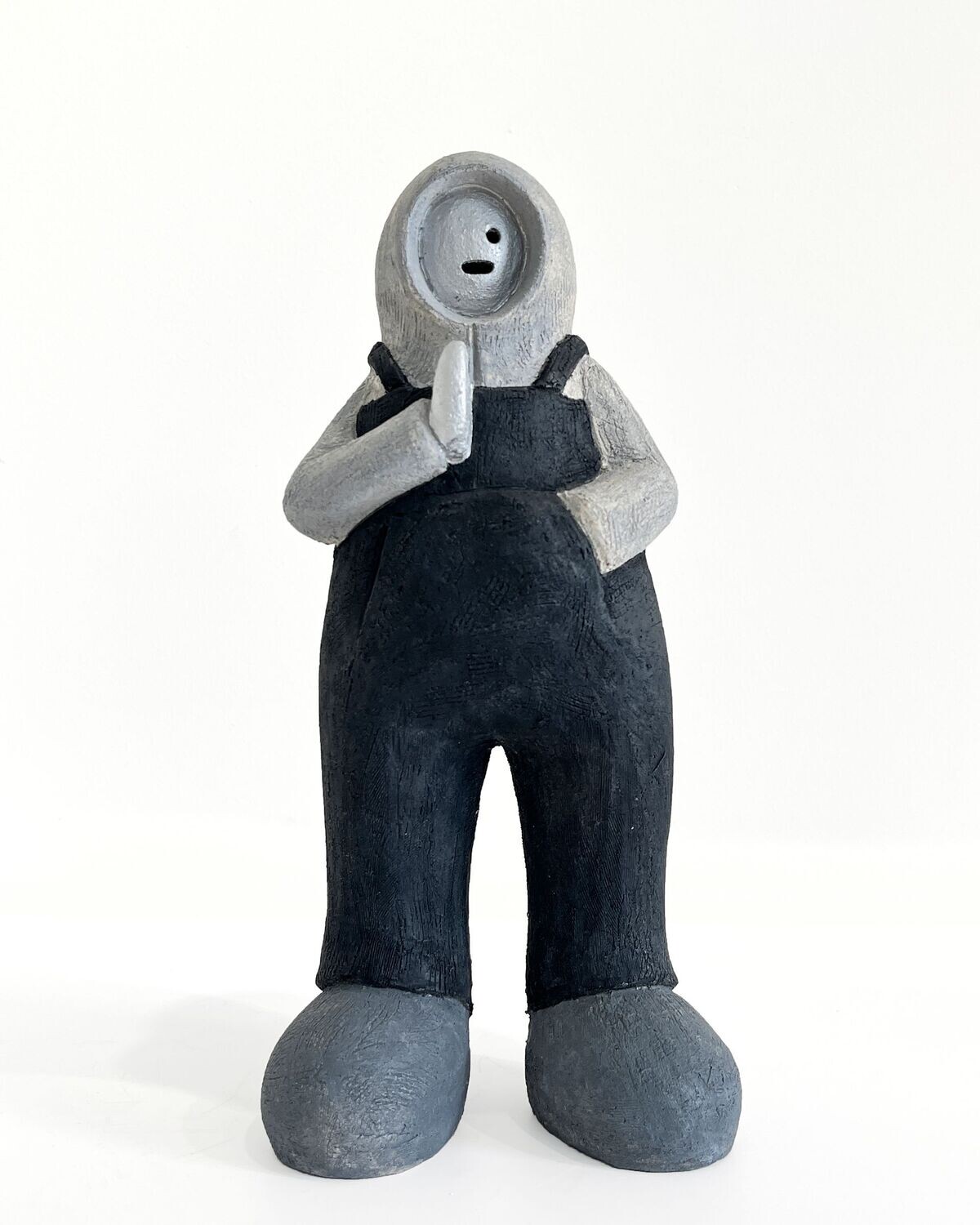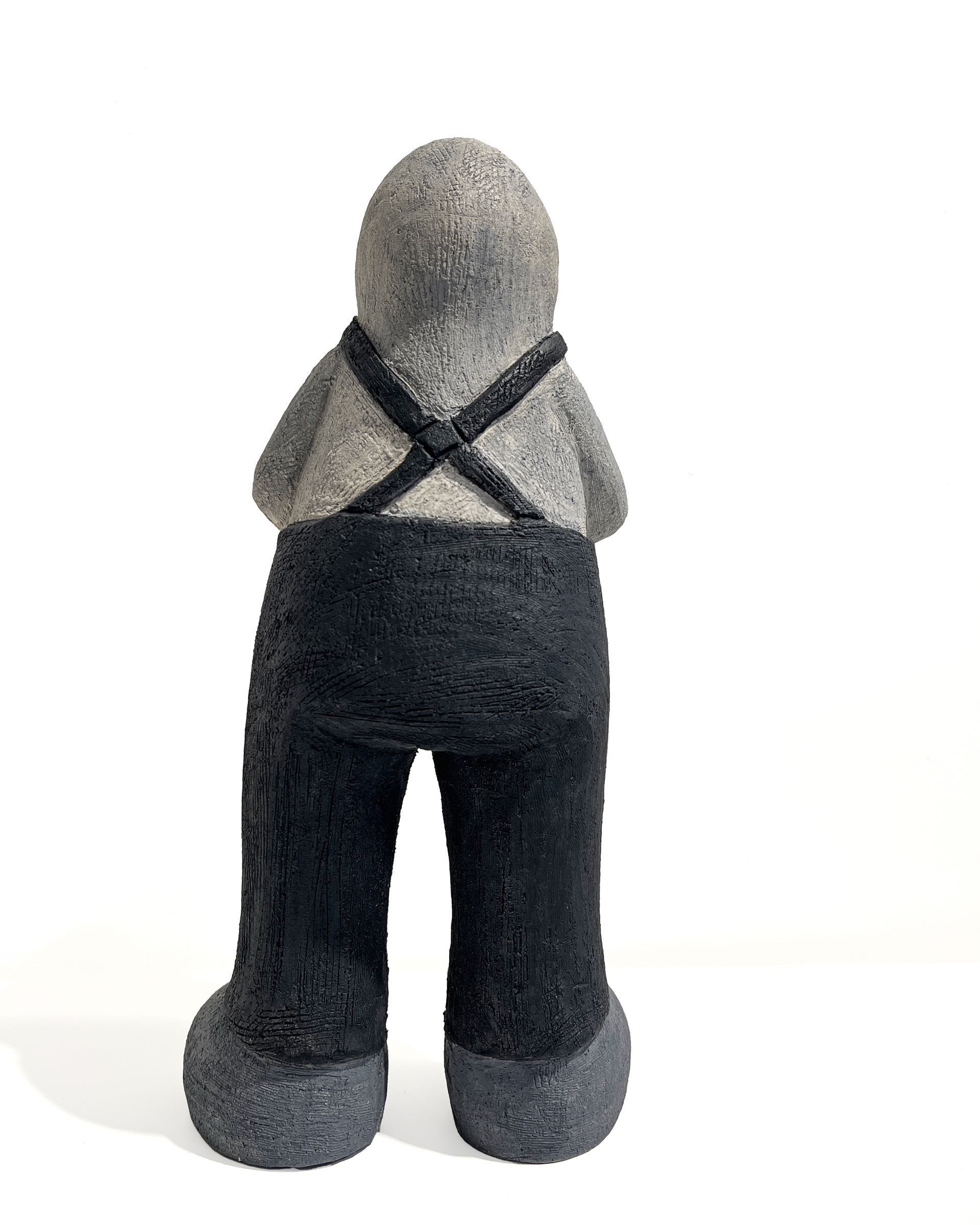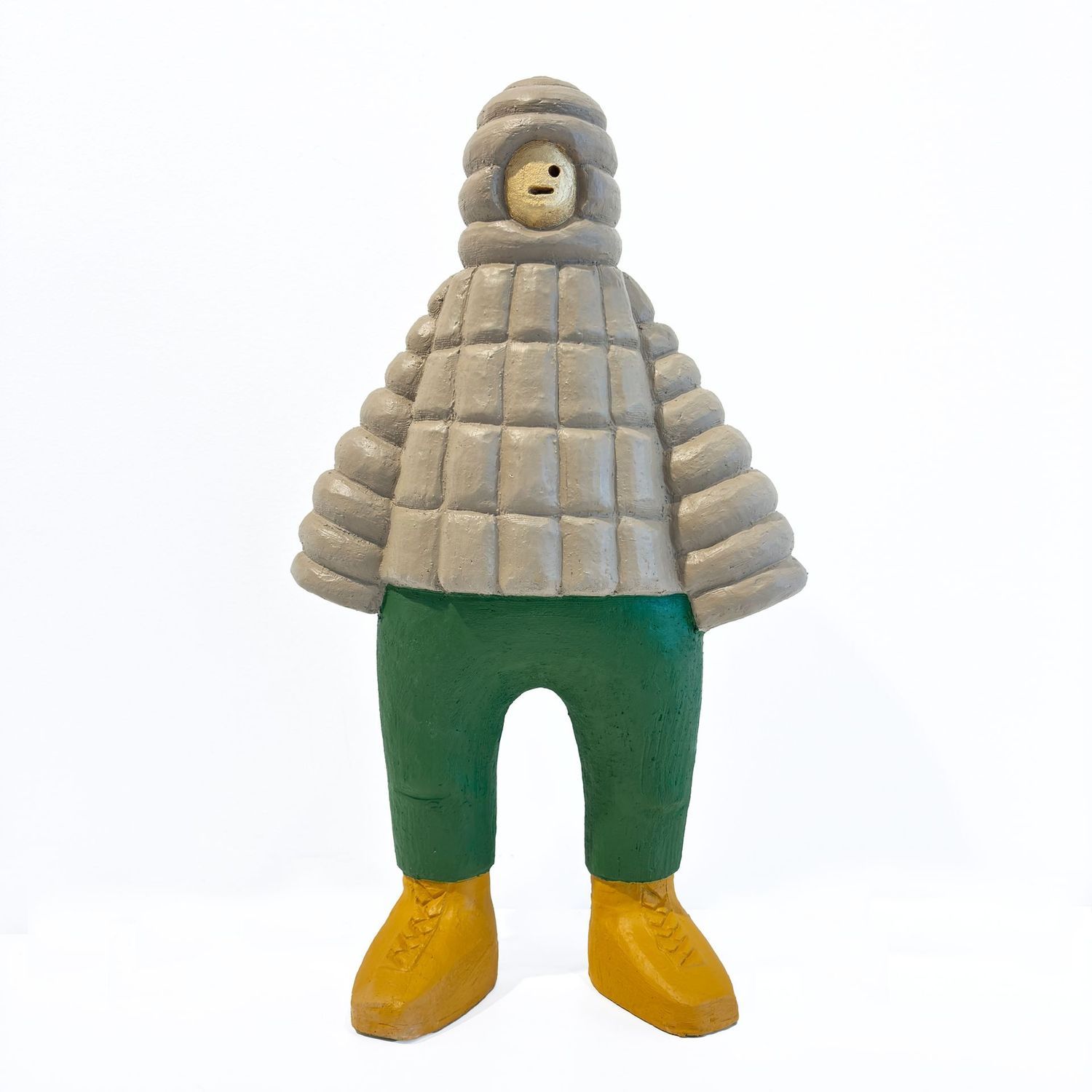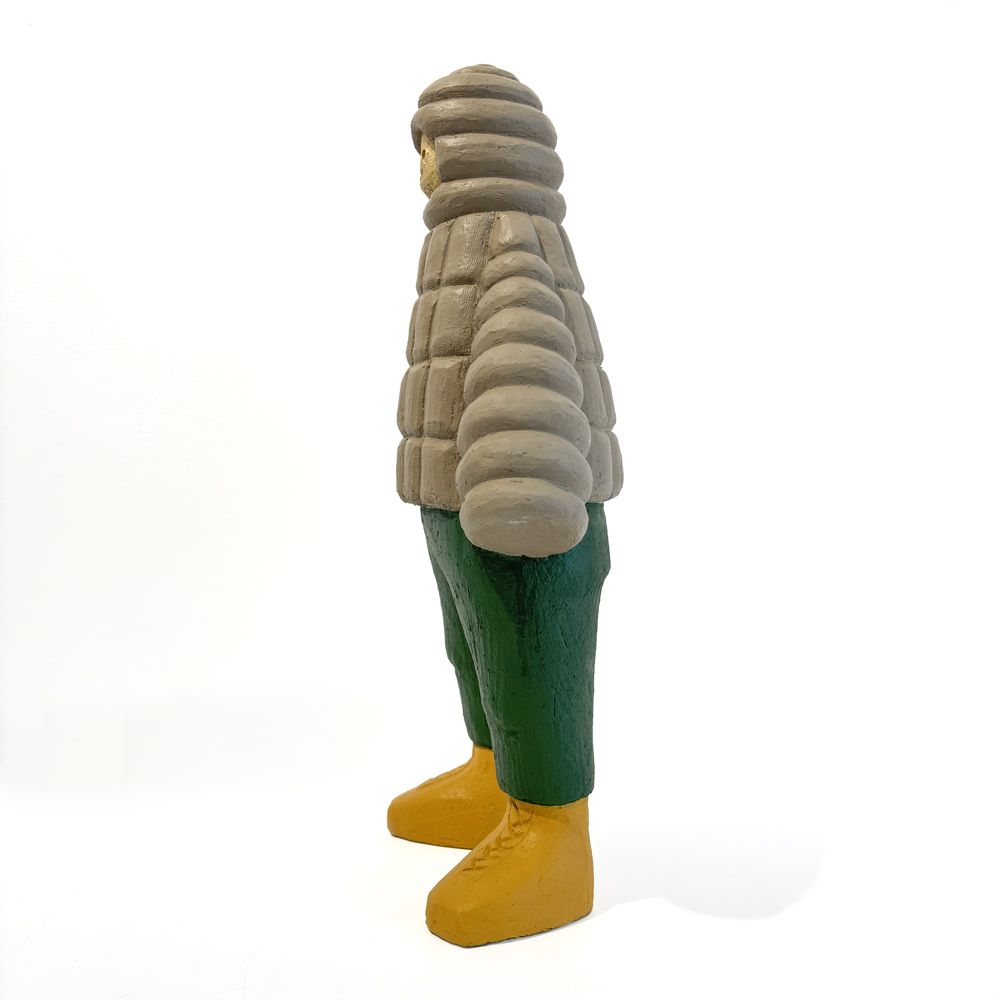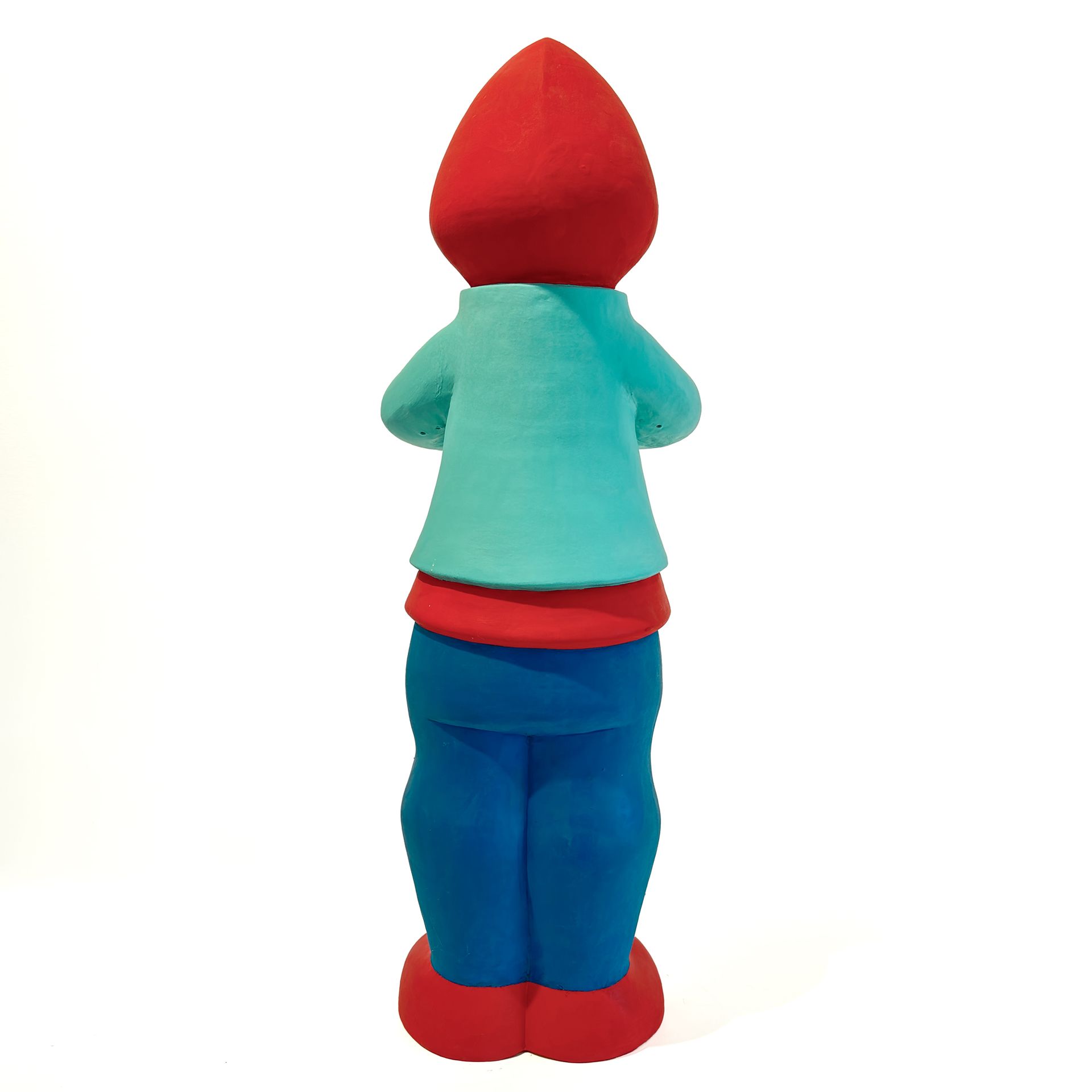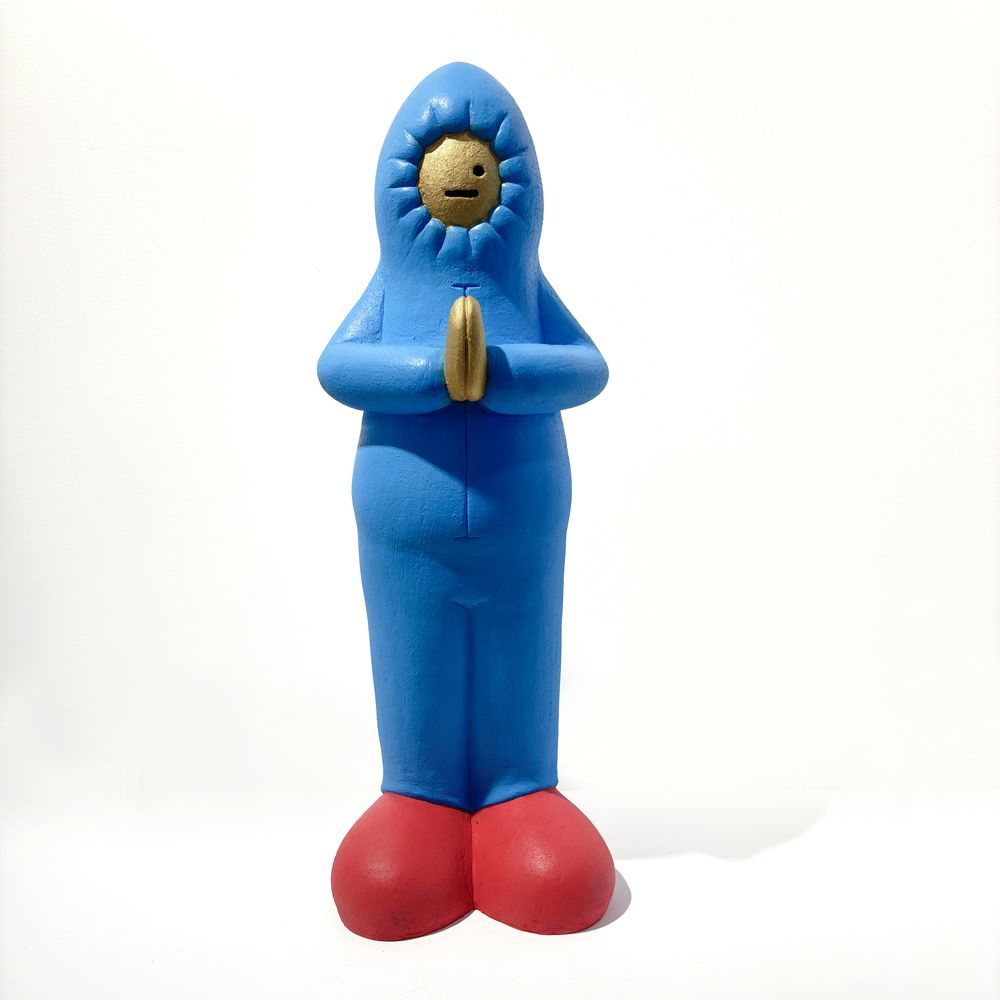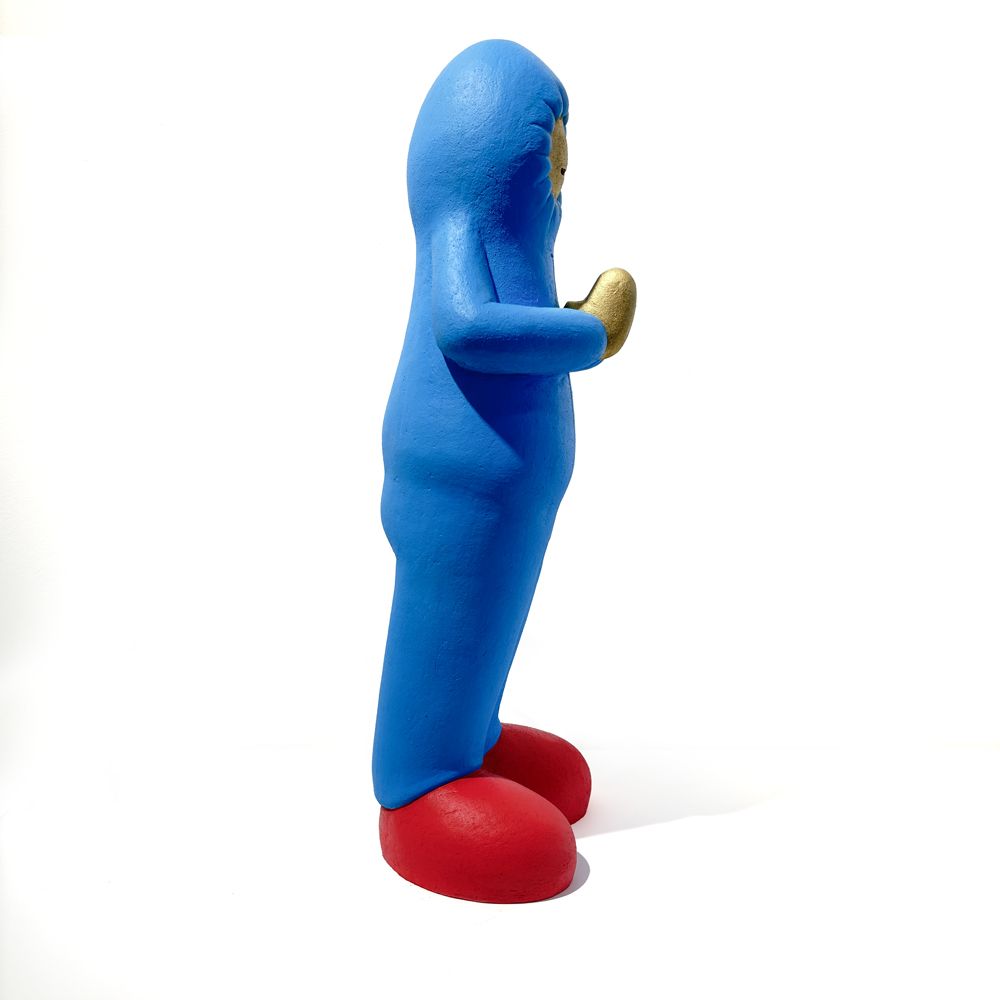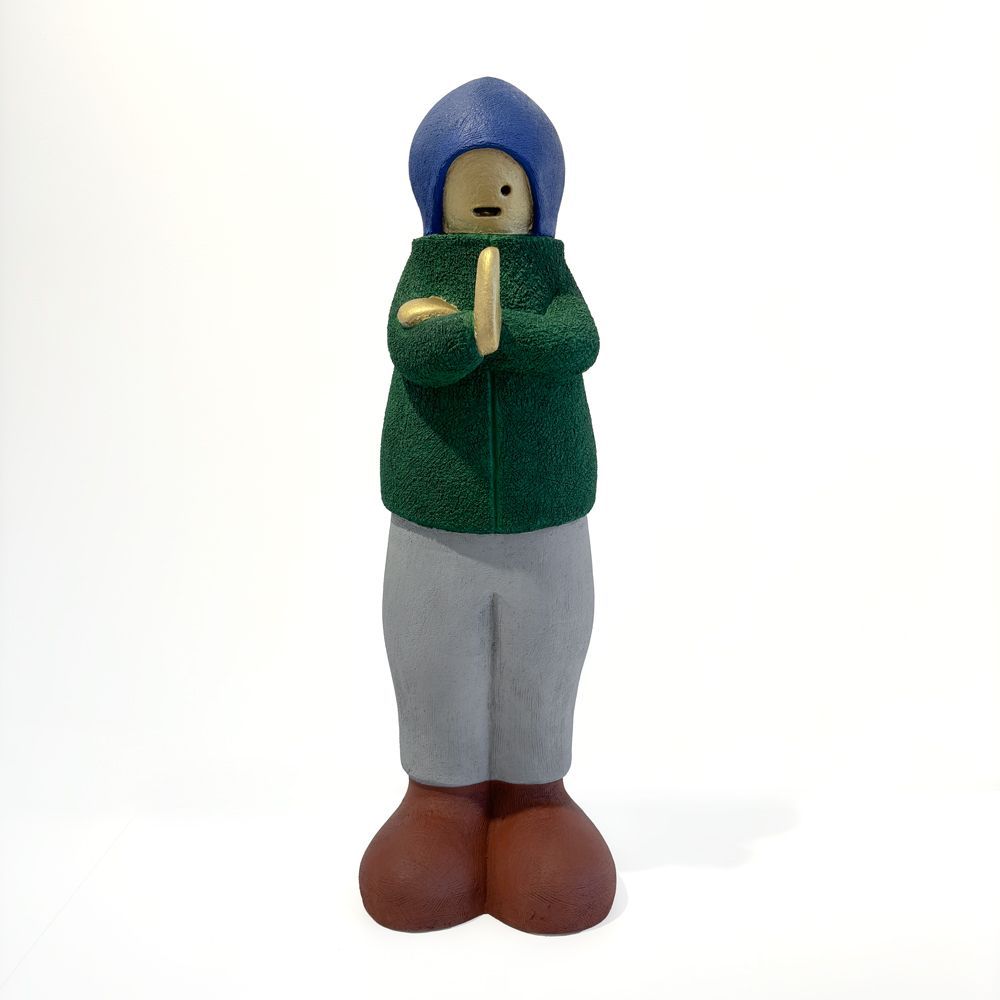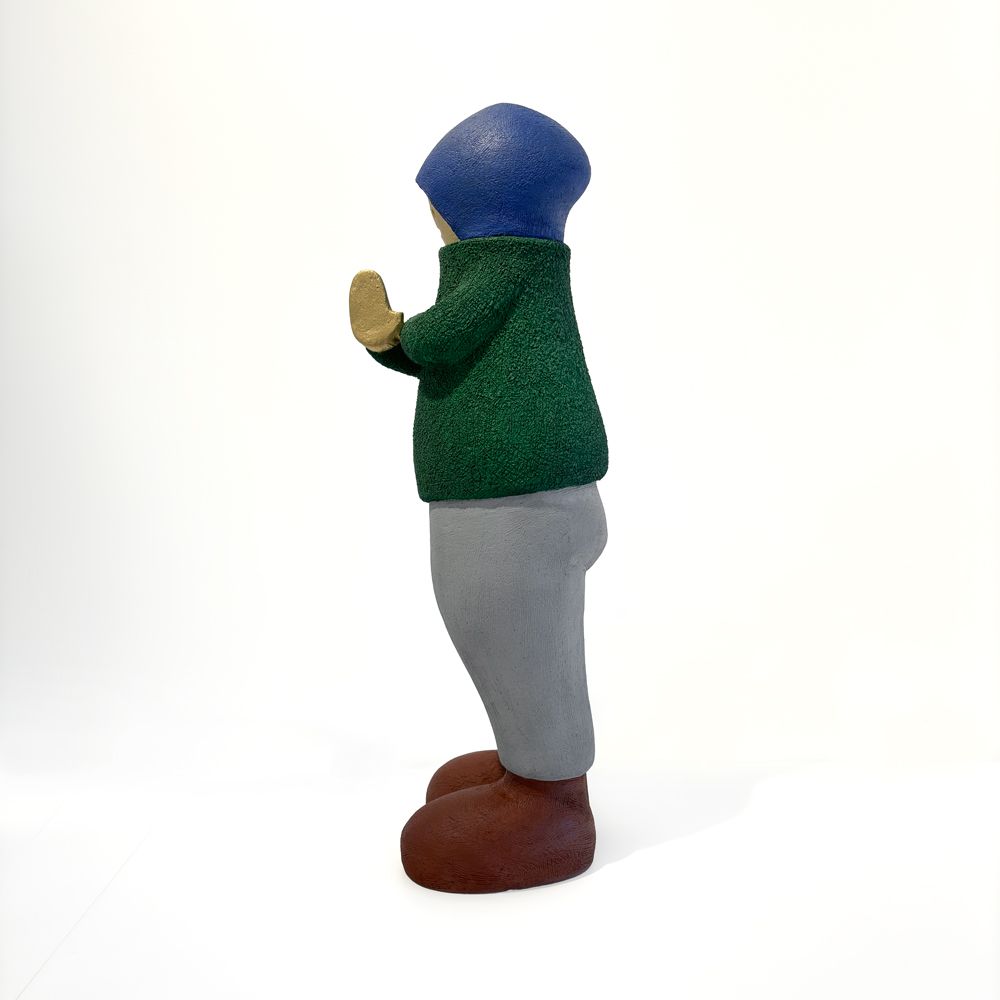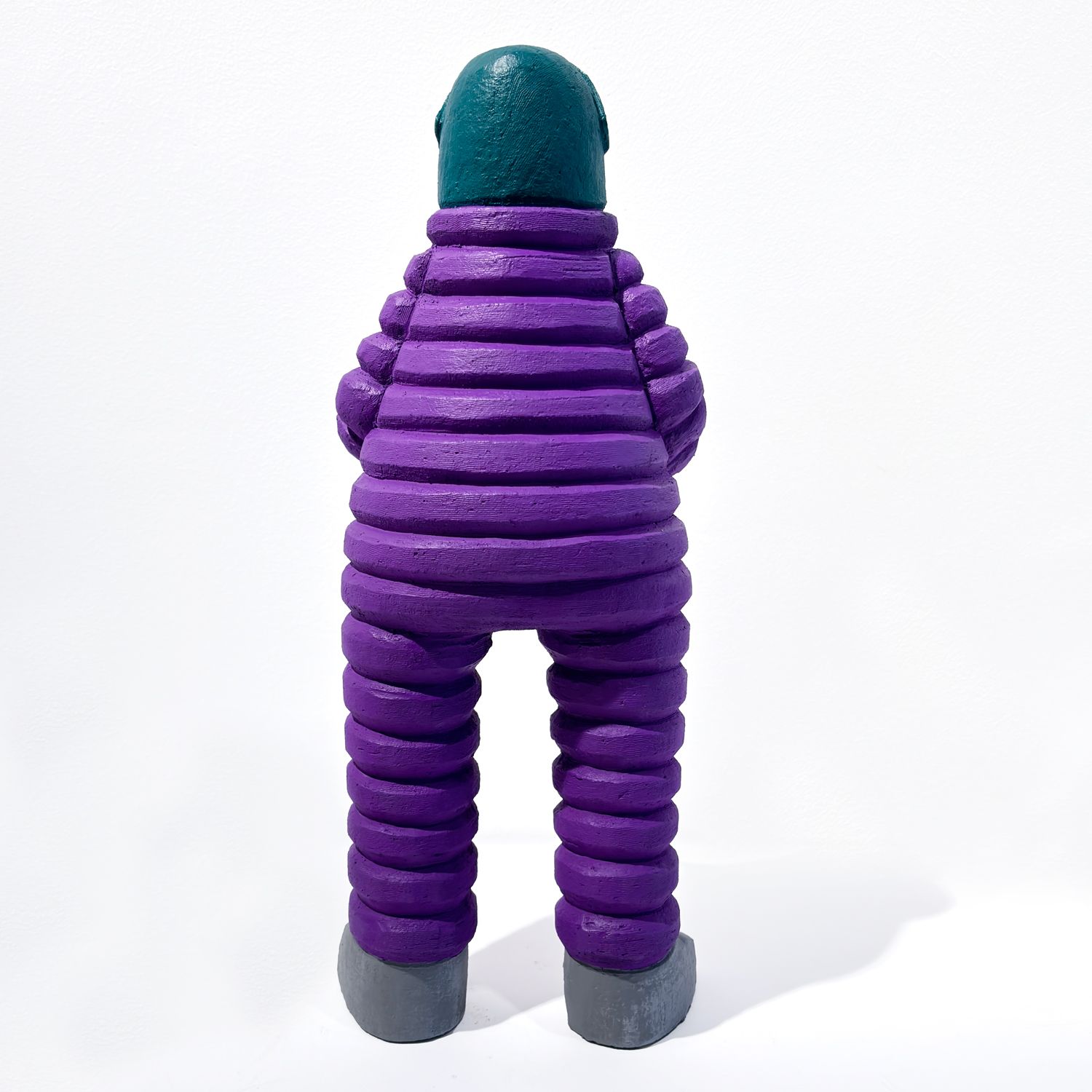Natsuki Shibata
Natsuki Shibata was born in 1989 into a family with a long-standing tradition in ceramic arts. As a member of the renowned Kondō family, which has been at the forefront of reimagining ceramic traditions for over a century, he continues the legacy of innovation passed down through generations. Natsuki’s great-grandfather, Kondō Yūzō (1902–1985), was designated Living National Treasure in 1977 for his exceptional blue-and-white porcelains, while his father, Ryozo Shibata, is also a distinguished ceramic artist specialising in sometsuke—blue-and-white porcelain. Raised in this particular and singular environment, Natsuki could receive precious guidance from family members, particularly Kondō Takahiro.
However, when Natsuki started working on his own creations, he stepped away from the family's blue-and-white porcelain techniques. Concerned that their style might overly influence him, he began experimenting to discover his artistic identity. For this reason, he initially studied metal sculpture before transitioning to ceramics. This led him to discover his aesthetic and to draw inspiration from subculture and street culture, which have become central to his work.
His series Jizo-kun and Nioh-kun are deeply related to Japanese culture, being inspired by traditional Japanese statues of Bodhisattva. The series Jizo-kun draws inspiration from the figure of Jizō, a bodhisattva (bosatsu in Japanese), also known as Kṣitigarbha Bodhisattva. Commonly translated as "earth womb" he is depicted as a humble Buddhist monk. Jizō symbolises hope and salvation, offering guidance and protection to beings on their spiritual and physical journeys. In Japan, Jizō worship flourished during the Heian and Kamakura periods, blending Buddhist teachings with local traditions. He is venerated as the guardian of children, travellers, and women in childbirth and the saviour of lost souls. Found in roadside statues, temples, and monuments, Jizō represents a source of comfort and hope during life's transitions and holds a profound cultural and spiritual significance. For his latest series, Nioh-kun, Natsuki Shibata drew inspiration from the Japanese concept of Nioh-dachi, which signifies "standing with legs apart." This concept refers to Niō, fierce guardian deities positioned at the entrances of Buddhist temples. Known as Kongōrikishi, Niō protects sacred spaces by warding off evil spirits. Typically depicted in pairs, one with an open mouth (Agyō) and the other with a closed mouth (Ungyō), they symbolise the beginning and end of all things. The name "Niō," meaning "Benevolent Kings," reflects their legendary role as protectors who accompanied the historical Buddha. Shibata captures the dynamic power and protective symbolism of these figures through these series, combining their traditional essence with his distinctive artistic style.
Using ancient coil-making techniques reminiscent of Jomon pottery, Natsuki Shibata embodies his creations in Japan's rich ceramic heritage. He also incorporates contemporary Japanese pop and street culture elements, combining tradition with modernity to create something unique. The details of Natsuki’s sculptures, such as hoodies, down jackets, and curved forms, reflect the human form and spirit. His creations invite viewers to consider their beliefs, perspectives, and faith, offering a harmonious synthesis of playfulness and profound reflections on personal values and spiritual themes.
Selected works

